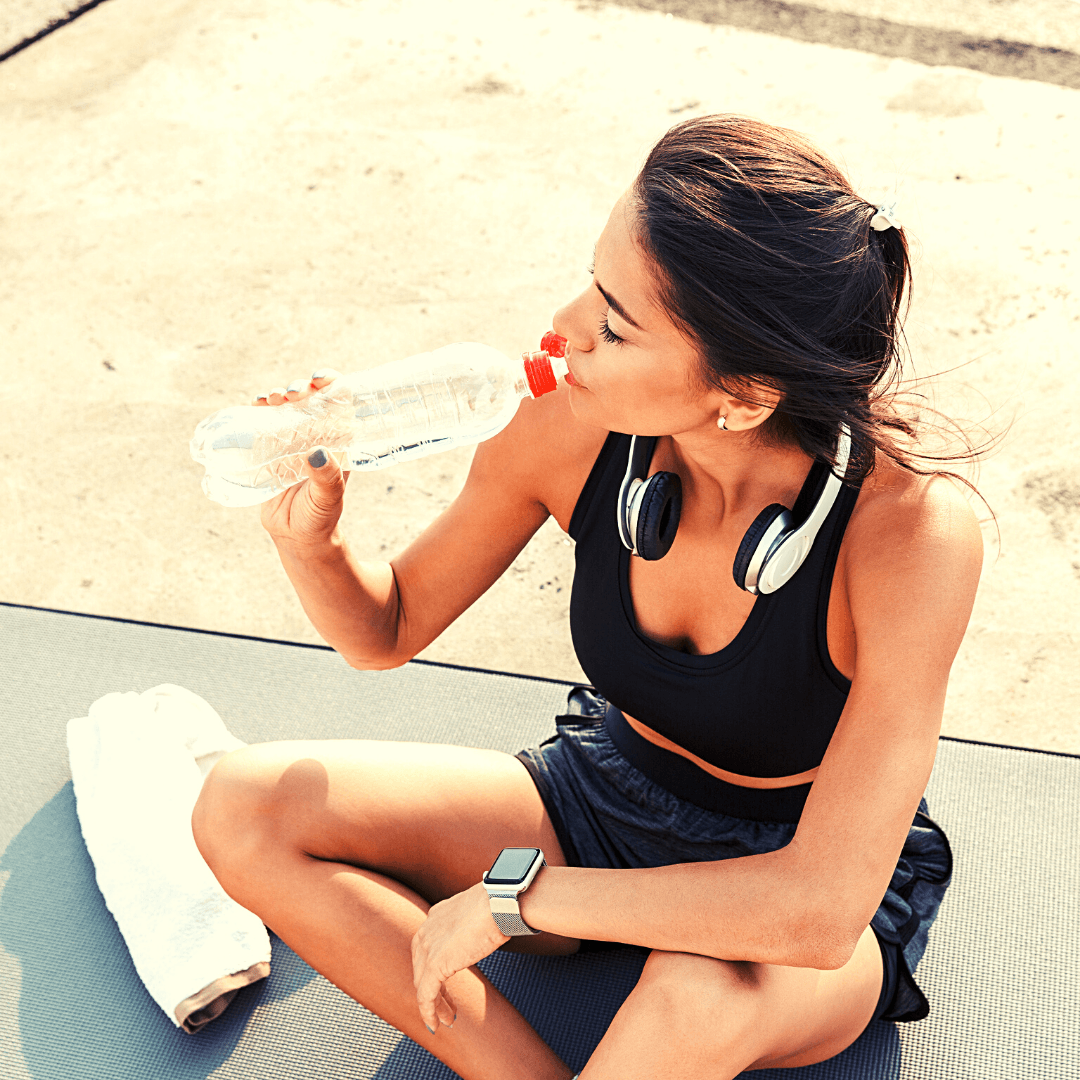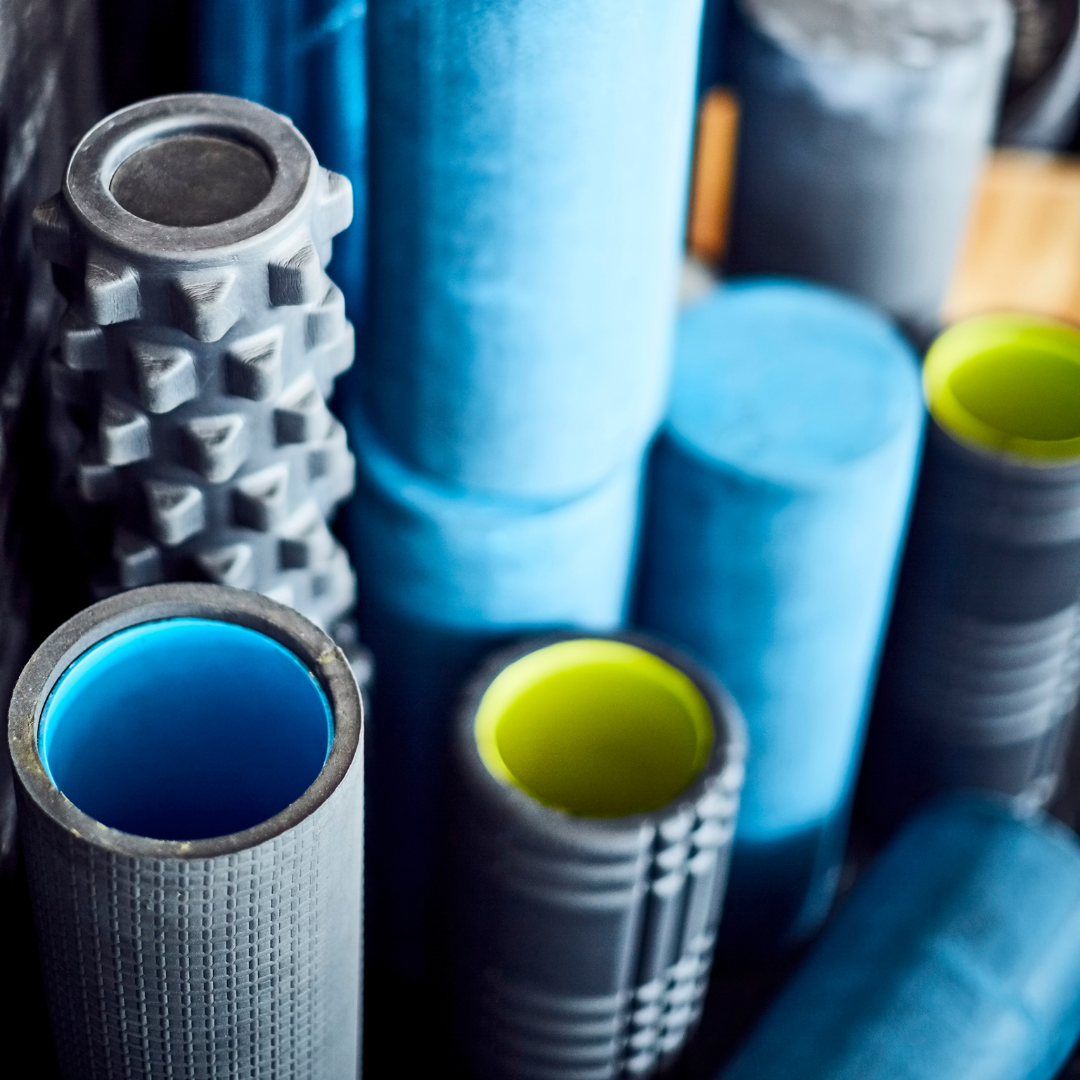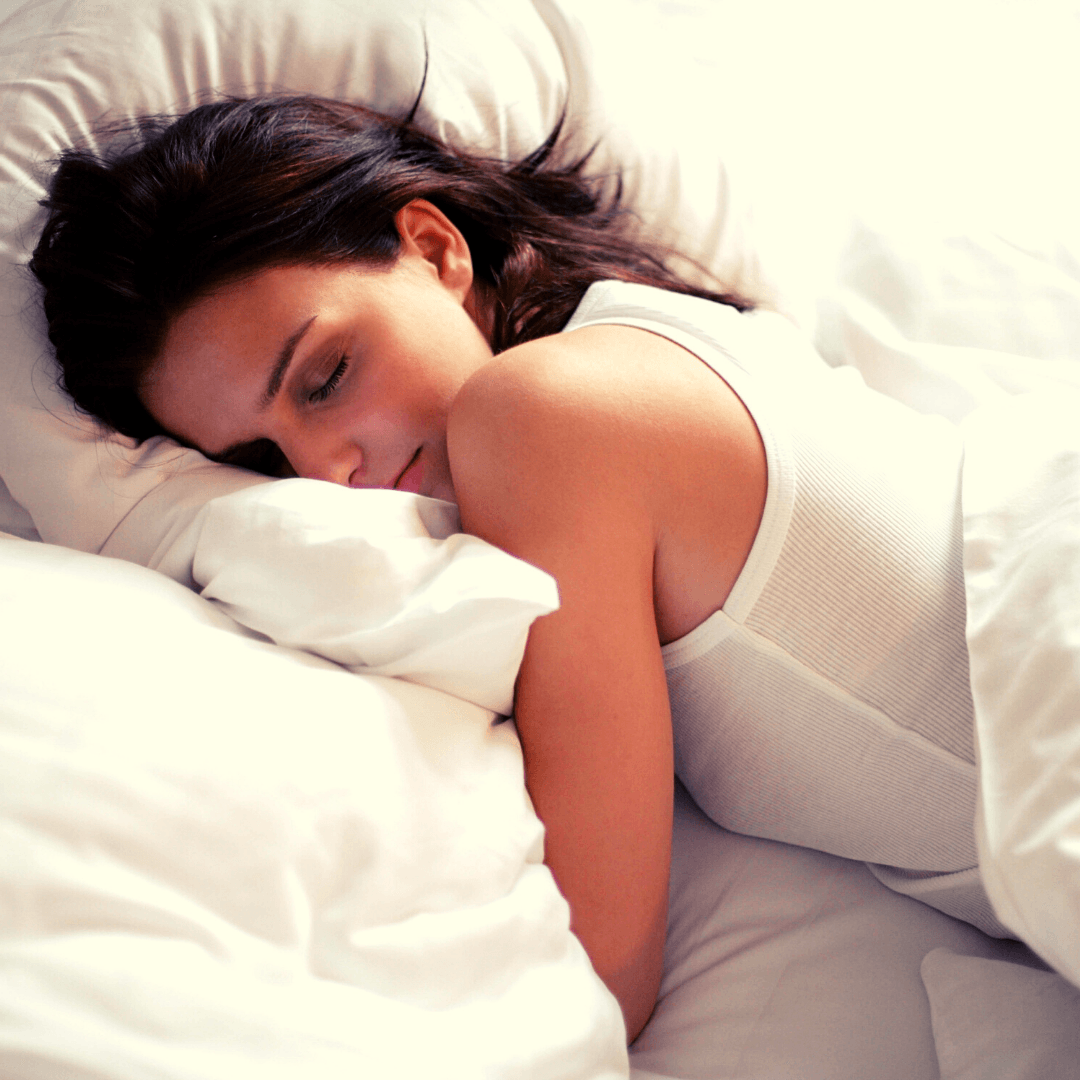Relieving Sore Muscles After Exercise

The day after a good workout can be a pain, literally. As soon as you try to stumble out of bed, you’re quickly asking yourself, “What did I do to myself?” Sore muscles the day after a workout can make life a lot more challenging. But while your first reaction may be to run for the Advil bottle, there are other, more beneficial ways to get rid of sore muscles.
The reality of the matter is that having sore muscles after a workout is not a bad thing. It means that the training is working and your muscles are growing.
But we get it, good thing or not, waking up and not being able to walk or lift your arms is not fun. So, we are sharing our top three tips on how to recover sore muscles faster.
1: Drink Wisely
You probably use a pre-workout to get that extra bump of energy for the gym, but do you use a post-workout supplement? And no, we do not mean a protein shake (though those are great).
A post-workout supplement is specifically formulated to help your muscles recover after exercise. Post-workouts contain both amino acids and electrolytes, two essential post-exercise ingredients your muscles crave. The amino acids aid in muscle recovery while the electrolytes rehydrate you and your muscles following your workouts.
If you aren’t taking a post-workout, consider adding one to your exercise routine because just one scoop may mean not waking up in complete muscle agony the next day.


2: Foam Roll
Foam-rolling, also known as self-myofascial release, is like a self-massage for your sore muscles. But we won’t lie; it can be painful. Okay, that’s probably not the best thing to lead with, but foam rolling is the epitome of “no pain, no gain.”
Foam rolling can decrease the swelling in muscles following a workout, help enhance tissue healing, and reduce late-onset muscle soreness. Studies have found that just 20 minutes of foam rolling on a high-density foam roller following a workout and again 24 hours later can significantly reduce the amount of pain you’ll be in from your training.
Are you already so sore you can’t even get down a single stair? Grab a foam roller because it can help with post-workout soreness and reduce recovery time by promoting better circulation to the tender areas. We are aware that rolling an already sore muscle doesn’t sound ideal, but it is worth it in the long run.
3: Sleep, Sleep, and More Sleep
We live in a world where sleep deprivation is rampant. But, if you are working out intending to build muscle and/or lose weight, you need to sleep. When your muscles are recovering from a hard workout, that downtime is crucial and might be what prevents you from waking up unable to move.
Studies have found that lack of sleep can contribute to high levels of inflammation in the body. Add in additional inflammation created from exercise, and you’ve got a perfect storm for muscle soreness. Naturally, to reduce that pain, you need to reduce inflammation, and you can do so by making sure you’re sleeping at least 7 to 8 hours every night.
Getting enough sleep has more benefits than we can even begin to comprehend, especially regarding overall health, weight loss, and building muscle. The bottom line: get some rest.

Your Sore Muscles Going Forward
Even with these three tips for helping relieve muscle soreness, don’t think you’ll never be sore again. Like we said, soreness from exercise is a good thing; it means what you’re doing is working. But, by adding in a post-workout supplement, foam rolling regularly, and making sure you get enough sleep, you will notice a reduction in the severity of your soreness.
The key is taking care of yourself in every way, and that includes following an intense workout. Because doing so just might mean that you will be able to wash your hair without being in complete agony the day after an intense arm workout.
